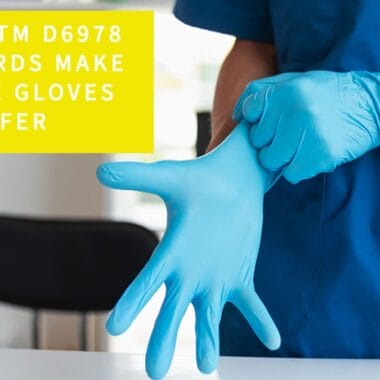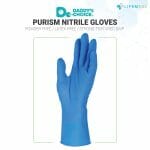What are Medical Gowns?
Medical gowns are a type of personal protective equipment (PPE) worn by healthcare professionals to protect themselves and their patients from the spread of infection, contamination, and bodily fluids during medical procedures or examinations. These gowns act as a barrier against germs, chemicals, and other harmful agents, ensuring a sterile environment. Medical gowns are commonly used in hospitals, clinics, laboratories, and during surgical procedures to maintain a high standard of hygiene and reduce the risk of cross-contamination.
Medical gowns are available in various styles and levels of protection, ranging from disposable to reusable and designed for different levels of risk, such as routine patient care or high-risk surgeries.
Types of Medical Gowns
1. Surgical Gowns
Surgical gowns are worn during invasive procedures, such as surgeries, to provide a sterile barrier between the healthcare professional and the patient. These gowns are typically sterile, reinforced, and designed to resist liquid penetration, offering higher protection levels.
2. Isolation Gowns
Isolation gowns are used in scenarios where healthcare workers need to protect themselves from the transfer of infectious agents. They are typically worn in infectious disease wards, during routine patient care, or in situations where contamination risks are present.
3. Disposable Gowns
Made from lightweight materials like polypropylene, disposable gowns are single-use and designed to be discarded after each procedure. They are ideal for environments where high turnover is required, reducing the risk of cross-contamination between patients.
4. Reusable Gowns
Reusable medical gowns are made from durable fabrics and can be cleaned and sterilized after use. They are designed for long-term use in settings where sustainability is a priority.
Importance of Medical Gowns in Healthcare
Medical gowns play a crucial role in infection control and maintaining a sterile environment within healthcare settings. They protect both healthcare workers and patients by preventing the spread of infectious diseases, body fluids, and other contaminants. Medical gowns have become especially critical during global health crises, such as the COVID-19 pandemic, where infection prevention is a top priority.
Using the appropriate type of medical gown based on the level of risk ensures maximum protection and compliance with health and safety regulations.
Managing Medical Gowns with Enterprise Software
Enterprise software is invaluable in managing medical gown inventories, ensuring compliance, and streamlining PPE distribution in healthcare facilities. Key features include:
- Inventory Tracking: Real-time tracking of medical gown stocks ensures that adequate supplies are available for staff at all times.
- Compliance Monitoring: Enterprise software can help monitor gown certifications, ensuring that they meet FDA, ASTM, and other regulatory standards.
- Automated Reordering: The software can automate the process of reordering medical gowns, preventing shortages and ensuring smooth operations during peak demand periods.
By implementing enterprise software, healthcare organizations can maintain a consistent supply of medical gowns, improve operational efficiency, and ensure compliance with health and safety standards.
Conclusion
Medical gowns are a vital component of infection control in healthcare settings, protecting both healthcare workers and patients from contamination and infection. With various types of gowns available, including surgical, isolation, disposable, and reusable, healthcare providers can select the appropriate gown based on the procedure and level of risk. Enterprise software solutions make managing medical gowns more efficient, ensuring that healthcare organizations maintain sufficient supplies, compliance, and high levels of hygiene in their operations.
« Back to Glossary Index

















